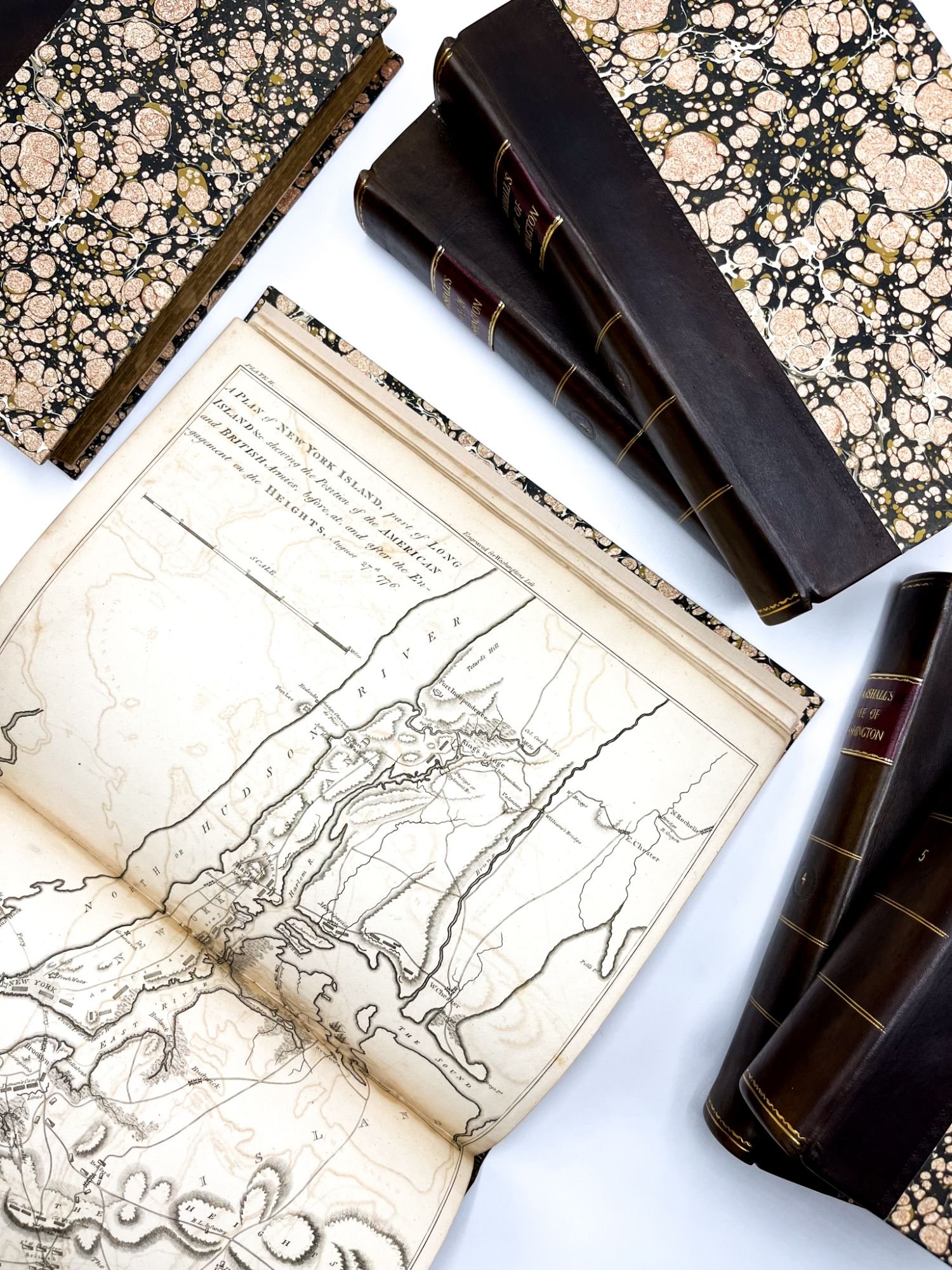Rare Book Terms: The Basics
A rare book is both in high demand and difficult to find.
A book that is in demand but is not hard to find is often called collectible.
A book difficult to find but may not be in high demand is often called scarce.
Colloquially, “rare books” may be used as a category to represent the larger world of book collecting.
Common Terms Categorized By Age
A book over about 100 years old is considered antiquarian.
A book over about 20 years old but less than 100 may be called vintage. (This is common on nonspecialist marketplaces, but is not yet common in professional discourse.)
Elements of a book that aren’t original, but date from the period the book was published (or within about 10 years), are called contemporary.
A book published in 1860 with a binding from 1870 or earlier is in a contemporary binding.
Elements of a book that date from our current era are called modern.
A book published in 1860 bound by a living binder is in a modern binding.
In book collecting, “first edition” is short for “first edition, first printing.”
Sellers who describe a book solely as a “first edition” — with no additional qualifiers — but that is a later printing are either unethical or uninformed. Such listings should be viewed as red flags: the difference in asking price between a “true” first edition (a first edition, first printing) and a later printing of the first edition can be substantial.
Why all the different terms?
Edition, printing/impression, and issue refer to different aspects of how a book was historically produced and made available for sale in the “handpress” era of the Western tradition: when type was set entirely by hand.
For centuries type was an expensive resource, so once printers finished printing a book, they would take apart the set type to use in other projects. Those copies printed in one setting of type constitute the edition. If the book sold well, the printer would have to re-assemble the type to print the book again, creating the second edition.
There are many circumstances that can lead to variation on this theme. For example, the printer might produce 1000 copies in June, but leave the type intact to revisit in August. The books printed in August are the same edition (no dismantling of the type), but form the second printing. The key factor in distinguishing a printing is the interval of time in between the two batches. (“Impression” has the same meaning, but is used more commonly in the UK.)
In another instance, publisher may save three separate printings of a book and issue them all at once, with the result that some copies are properly called “first edition, first issue, third printing.”
Or perhaps the publisher uses the same printed material, but issues one batch in a deluxe binding and another batch in a less expensive “trade” binding. Those constitute two different issues of the same edition.
Signed limited editions like the book on the left are deluxe issues of books that often have a cheaper “trade” issue in the same edition.
Read more…
John Carter’s ABC for Book Collectors is characteristically eccentric, but defines 85% of the terms in common use.
If you’d like to understand the mechanics of handpress printing, Sarah Werner’s Studying Early Printed Books 1450-1800: A Practical Guide is user friendly and meant for those without specialized knowledge.





